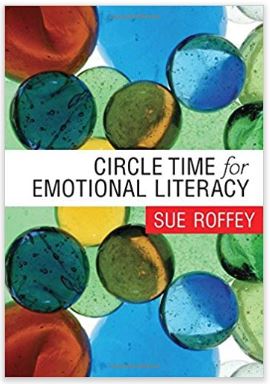Teaching & Learning
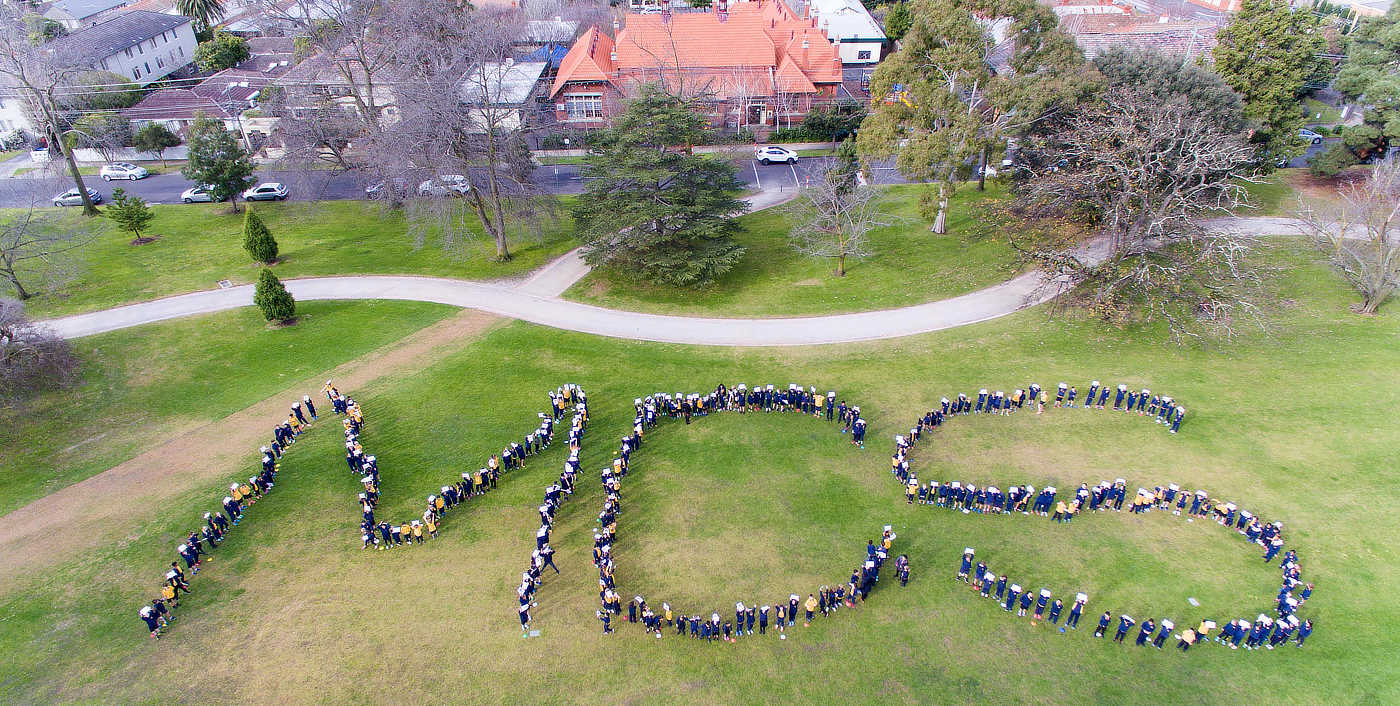
Curriculum
At Malvern Central School, we have a progressive approach to Teaching and Learning. As a state government school, it is well positioned to draw on the most current and recognised teaching and learning theories and practices. We are able to access the best available education and technological resources to support our students to enjoy holistic learning as a lifelong endeavour. Framed by the Victorian Curriculum learning areas and capabilities, Malvern Central School is invested in taking their students thinking and learning from surface to deep level through explicit instruction and inquiry, as well as developing an awareness of their strengths and emotions through strong evidence based wellbeing programs. Our philosophy is to utilise both collective and individual learning approaches that challenge and nurture the children within our school. For more information: https://victoriancurriculum.vcaa.vic.edu.au/
Literacy
The study of English is central to the learning and development of all young Australians. It helps create confident communicators, imaginative thinkers and informed citizens. It is through the study of English that individuals learn to analyse, understand, communicate and build relationships with others and with the world around them. Those who will take responsibility for Australia’s future. Standards in the English domain are organised in three dimensions:
- Reading
- Writing
- Speaking and listening
The learning in these dimensions is interrelated. For example, Speaking and listening contribute to the development of students’ reading responses. Writing contributes to communication about texts read or viewed and to reflection and learning. To help support student progress in all three dimensions, learning contexts are diverse and include situations that are informal, formal, planned and spontaneous.
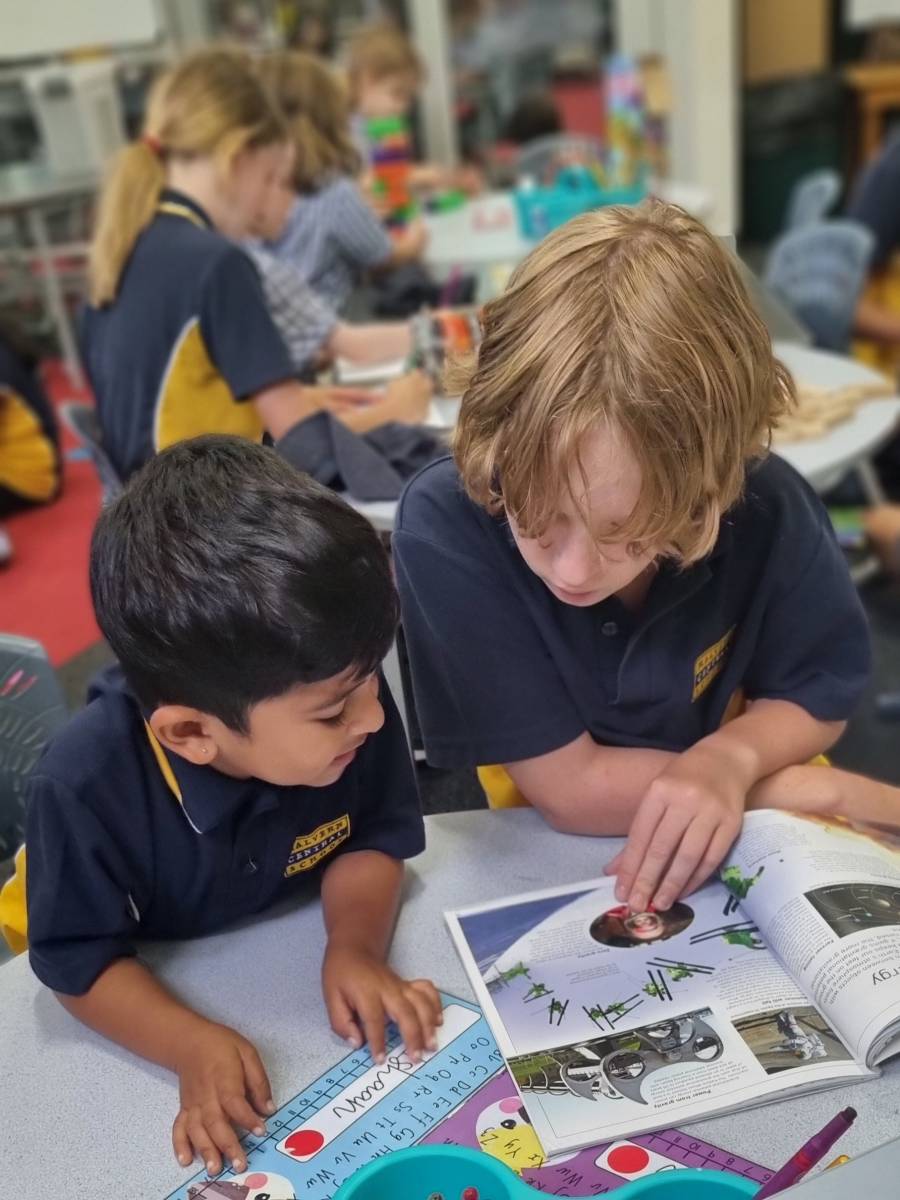
Reading
The Reading dimension involves students understanding, interpreting, critically analysing, reflecting upon, and enjoying written and visual, print and non-print texts. It encompasses reading and viewing a wide range of texts and media, including literary texts such as novels, short stories, poetry and plays as well as popular fiction and non-fiction works, newspapers and magazines, illustrations, posters and charts, film and television and the texts associated with information and communications technology. Reading involves active engagement with texts and the development of knowledge about the relationship between them and the contexts in which they are created. It also involves the development of knowledge about a range of strategies for reading.
Writing
The Writing dimension involves students in the active process of conceiving, planning, composing, editing and publishing a range of texts including writing for print and electronic media and performance. Writing involves using appropriate language for particular purposes or occasions, both formal and informal, to express and represent ideas, issues, arguments, events, experience, character, emotion and information and to reflect on such ideas. It involves the development of knowledge about strategies for writing and the conventions of Standard Australian English. Students develop a metalanguage to discuss language conventions and use.
Speaking and listening
This dimension refers to the various formal and informal ways oral language is used to convey and receive meaning. It involves the development and demonstration of knowledge about the appropriate oral language for particular audiences and occasions, including body language and voice. It also involves the development of active-listening strategies and an understanding of the conventions of different spoken texts including everyday communication, group discussion, formal presentations and speeches, storytelling and negotiating.
STEM at MCS
Science, technology, engineering and mathematics – covers a wide range of disciplines and skills, which are increasingly in demand in our rapidly changing world. STEM skills and knowledge are important for all stages of our learning, jobs and everyday lives.
STEM education and training covers the specific knowledge and skills found in science, technology, engineering and mathematics disciplines. It also covers the interrelationship between these areas, allowing learning to be delivered in an integrated way, helping a deeper engagement in the four disciplines.
At Malvern Central School, STEM knowledge and skills are taught through the Victorian Curriculum in Mathematics, Science, Design and Technologies, and Digital Technologies from Foundation to year 6. STEM education also develops capabilities such as critical and creative thinking, collaboration and ethical decision making.
Science
The Science curriculum provides opportunities for students to develop an understanding of important scientific concepts and processes, the practices used to develop scientific knowledge, the contribution of science to our culture and society, and its applications in our lives. The curriculum has two interrelated strands: Science Understanding and Science Inquiry Skills. Together, the two strands of the science curriculum provide students with understanding, knowledge and skills through which they can develop a scientific view of the world.
At Malvern Central School the study of Science is not a stand-alone subject, but integrated into the Units of Inquiry. All year levels, from Foundation to Year 6 enjoy the opportunity to experience one session of Science per week in a fully functioning ‘lab’; a legacy from our years as a Central school accommodating secondary students. Students study a wide range of topics including life cycles, states of matter, energy, natural resources and sustainability.
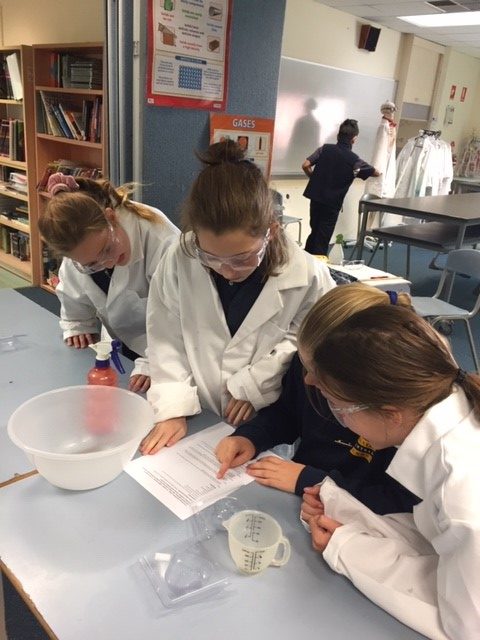
Technologies
The use of a large range of learning technologies supports all programs enjoyed by the students at Malvern Central School. With the inclusion of the Digital Technologies domain of the Victorian Curriculum, students are encouraged to make decisions about the development and use of technologies, consider the impacts of technological change and how technologies may contribute to a sustainable future. Malvern Central School is committed to implementing the Digital Technologies Curriculum with our ICT resources by:
- Access to iPads and laptop computers in Foundation to Grade 2
- Subscriptions to programs including Mathletics, Study Ladder, Reading Eggs and Scratch
- Access to laptops in Grade 3 to 6
- Interactive Whiteboards or HD Screens in every learning space
- Use of coding tools such as Arduino boards
- Lunchtime Coding Club from Foundation – Year 6
- Robotics
Having access to readily available devices and when used effectively, students are able to personalise and transform their learning and equip them with the technical competencies and cybersafety skills to be smart, safe and responsible cyber-citizens.
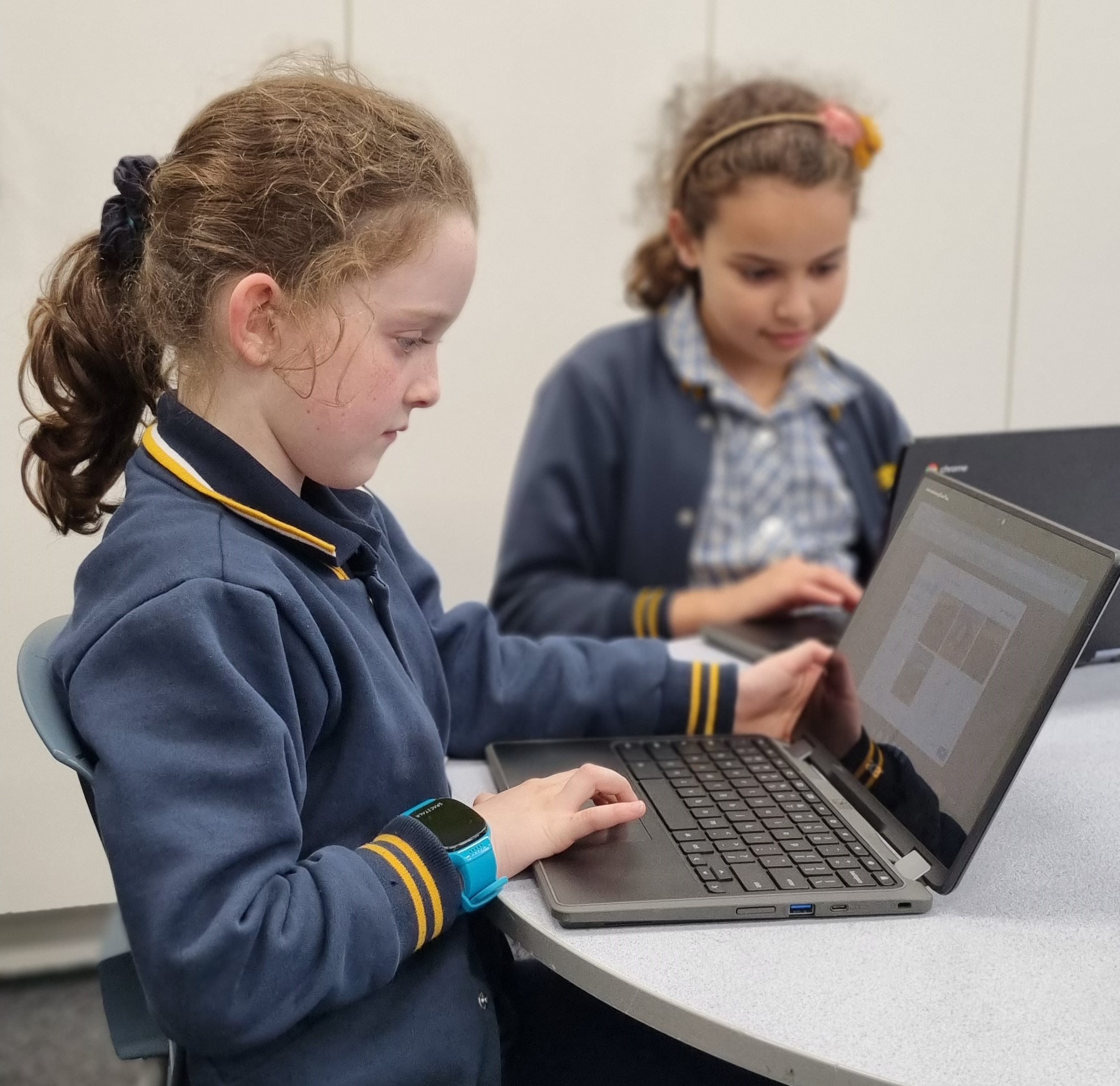
Engineering
Within the Design and Technologies Curriculum is where students are able to investigate Engineering principles and systems. Students create quality designed solutions across a range of technologies contexts. Students consider the economic, environmental and social impacts of technological change and how the choice and use of technologies may contribute to a sustainable future. Students also take into account the ethical, legal, aesthetic and functional factors that inform the design processes.
Through Design and Technologies, students plan and manage projects from conception to realisation. They apply design and systems thinking and design processes to investigate ideas, generate and refine ideas, plan and manage, produce and evaluate designed solutions. They develop a sense of pride, satisfaction and enjoyment from their ability to create innovative designed solutions.
Mathematics
The Mathematics curriculum at Malvern Central School focuses on developing increasingly sophisticated and refined mathematical understanding, fluency, reasoning, modelling and problem-solving. These capabilities enable students to respond to familiar and unfamiliar situations by employing mathematics to make informed decisions and solve problems efficiently.
The curriculum ensures that the links between the various components of mathematics, as well as the relationship between mathematics and other disciplines, are made clear. Mathematics is composed of multiple but interrelated and interdependent concepts and structures which students apply beyond the mathematics classroom. For example, in Science, understanding sources of error and their impact on the confidence of conclusions is vital; in Geography, interpretation of data underpins the study of human populations and their physical environments; in History, students need to be able to imagine timelines and time frames to reconcile related events; and in English, deriving quantitative, logical and spatial information is an important aspect of making meaning of texts

Maths Active School Accreditation
Malvern Central School is proud to be accredited by the Maths Association of Victoria as a Maths Active School. The accreditation is a way to recognise and support schools who demonstrate effective learning and teaching practices in mathematics.
For more information about the accreditation please see – https://www.mav.vic.edu.au/what-does-a-maths-active-school-look-like.html
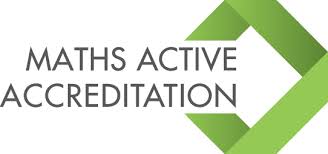
Specialist Classes
Physical Education
Physical Education sessions aim to develop students’ general fitness and game skills to allow a broad range of physical development. A major component of these sessions is to develop students’ ability to work in teams and their understanding of good sportsmanship.
Our intention is to get as many students active and engaged in sport as possible. The aim of the program is for less emphasis on winning and results, and more emphasis on having a go and having fun. MCS provides students with the opportunity to participate in school sporting carnivals throughout the school year.
a. F-6 Cross Country in Malvern Gardens
b. 3-6 Swimming Carnival
c. F-6 Athletics Carnival
d. 5-6 Interschool Sports
This gives our students the opportunity to showcase their skills in a supportive and engaging atmosphere.
Interschool Sports is for students to learn about new sports, develop relationships and teamwork skills, develop and display good sportsmanship and most importantly to have fun
Throughout the year, students will be given opportunities to carry out self and peer assessments.
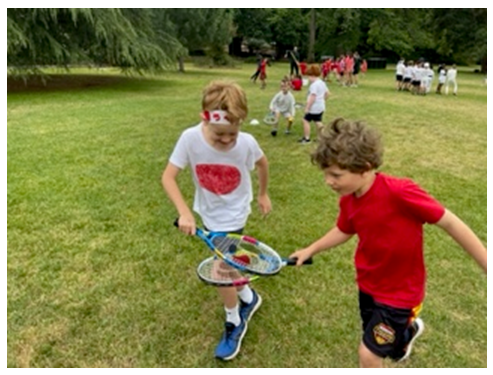
LOTE | Japanese
Japanese has been the LOTE subject of Malvern Central School since 1989. All students F-6 at Malvern Central School attend a 50 minute Japanese session once a week. The lessons take place in the beautiful Japanese room. Our Japanese program promotes student engagement in language learning and cultural awareness along with songs, stories, games, arts and crafts. The Japanese program is linked where possible, with classroom themes, through whole class and small group activities. Students also participate in a whole school cultural day once every two years.

Performing Arts
In Performing Arts we aim to give our students experiences that will make them comfortable performing in front of their peers and the wider community. Through Drama, Music and Dance students have the opportunity to explore their own creativity and express their ideas in an accepting and supportive environment. Our students are encouraged to work collaboratively in groups to create various performances to present to their peers and at assemblies. Students are supported to critically explore and reflect on their own work and that of their peers to enhance their performances. All students are given the opportunity to be involved in school productions, instrumental classes, dance classes, performances at our school fair, performances at our end of year concert and our school choir. At MCS we believe imagination and creativity, pivotal to the Arts, are essential for the development of our students.
The Arts at MCS
The Arts are unique, expressive, creative and communicative forms of expression that engage students in critical and creative thinking and help them understand themselves and the world.
Visual Arts
Using a variety of techniques, materials and media, students in the Visual Art classroom create a range of works that allow them to explore culture, humanity and the world around them. With inspiration taken from a number of influential artists (past and present), students also develop an ability to appreciate a broad range of art styles and forms.
The aim is to create an atmosphere in which students are able to develop self-esteem to gain enjoyment and satisfaction in the production of their art work. Individuality is encouraged and students are given opportunities to explore a variety of media and develop skills.
Assessment
Malvern Central School has a comprehensive assessment schedule to ensure effective monitoring of student learning. Students are assessed against the learning outcomes of the Victorian Curriculum. Semester progress reports are delivered in June and December via Compass. In addition, students showcase their learning through mini-exhibitions to which the school community are invited. Students also reflect on their learning through their portfolios and their three way conferences where students share selected work samples from their portfolio, outlining successes and future learning goals.
Flexible Learning Spaces
Our mission to create independent, collaborative and contemporary thinkers with a passion for learning who make positive contributions as global citizens in an ever changing world, is what underpins everything we do at Malvern Central School. We are here to instruct, encourage, engage and inspire your children in a teaching and learning environment that is dynamic and meets the individual needs of your children. We understand you have many questions about the space and how it will benefit your child’s education. We hope this information will help to alleviate any concerns and give clarity about the way the space is used and why.
Why do we have flexible learning spaces at MCS?
Our students work in contemporary flexible learning spaces that are newly refurbished with the aid of the National Building – Economic Stimulus Plan which committed $3.2 million through the Building the Education Revolution (BER) program at Malvern Central School.
As educators our aim is to prepare students for the world in which they will live, learn and grow and in order to do this we can no longer teach in a 19th century way. The flexible learning spaces reflects current Department of Education and Training research and knowledge on 21st century teaching and learning practices which helps to prepare students for the skills they will need in the future such as collaboration, communication, critical thinking, problem solving, character, citizenship and creativity. We are able to differentiate, target and extend the learning of all students through collaboration and common goals. Students are able to work in their home room or as part of a larger cohort which provides them the opportunity to increase their choice of learning partners as well as increasing their friendship possibilities. The overall aim and purpose is to improve student learning outcomes.
How do students learn in a flexible learning space?
It is empowering for students to understand themselves as learners and have control and responsibility over where they learn. In a flexible environment students build independent learning behaviours and develop a strong understanding of themselves as learners. Our students have the option to move around, work at tables, on the floor, in small groups, on stools as well as standing. Teachers continuously work with students in an ongoing capacity to help them build their skills in independence and understanding of themselves as learners and how they learn best.
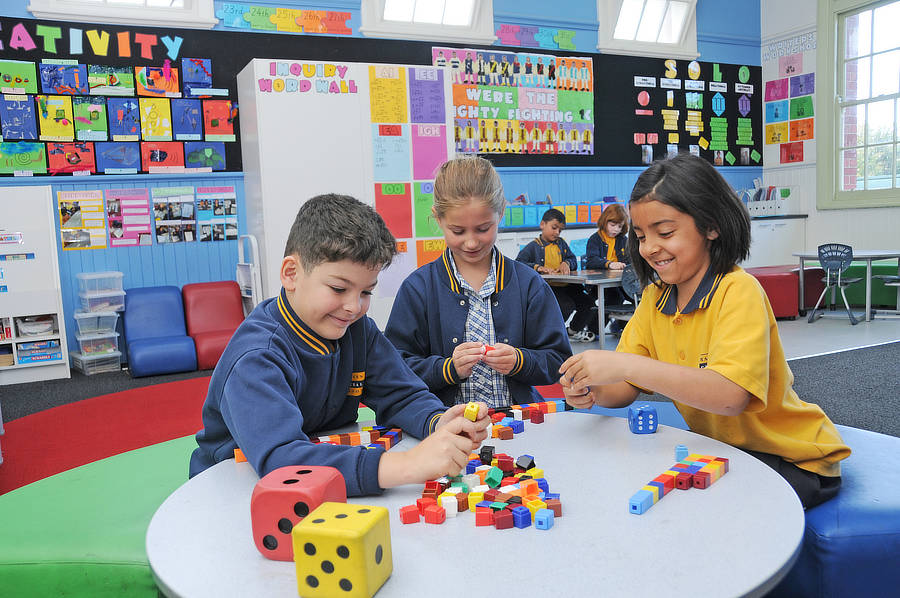
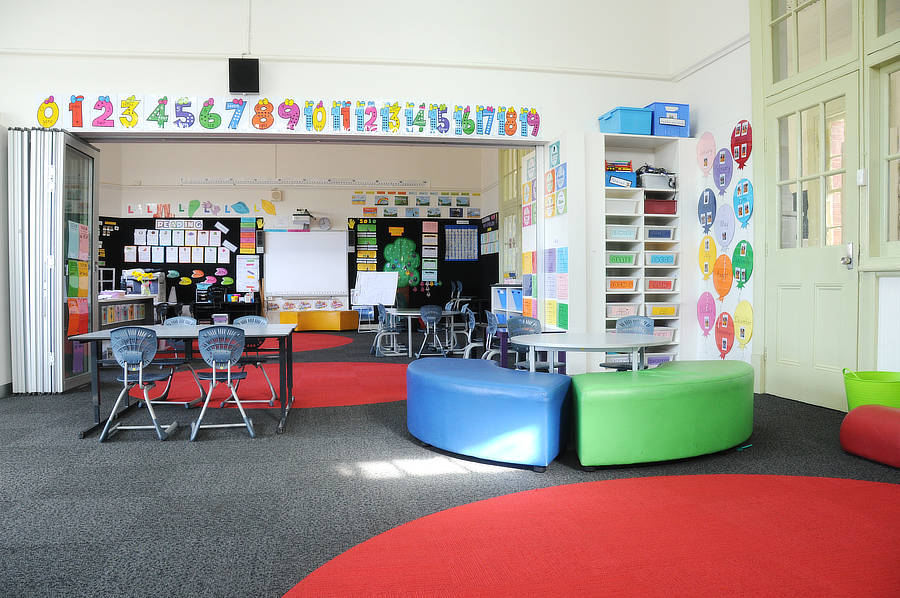
WELLBEING at MCS
Wellbeing Mission
At Malvern Central School we believe:
- Each child has the right to be valued and treated with respect.
- Each child has the right to participate in a kind, healthy and safe environment.
- Each child has the right to develop in a positive learning space.
- Each child has the right to be valued as an individual, to be cared for, trusted and encouraged to express themselves in a supportive school environment.
For the full version of the MCS Wellbeing Strategy presentation, please visit the link below:

Circle Time for Emotional Literacy
To support building emotional literacy in our students and working in conjunction with The Resilience Project, teachers will also be including sessions of ‘circle time’ twice a week. As Sue Roffey explains,
“It is a structured framework for group interaction, one that enables students to ‘think reflectively and creatively; talk together about important issues, grow to have understanding about themselves and others and over time to develop knowledge and skills they can put into practice”
Each session is carefully planned around a specific theme or issue that may have arisen in class. By giving students agency, helps to change an ‘external locus of control’, where a person believes that everything just happens to them (good things happen by chance and bad things are someone else’s fault) to an ‘internal locus of control’, which is a belief that a person’s own actions and efforts can effect change.
